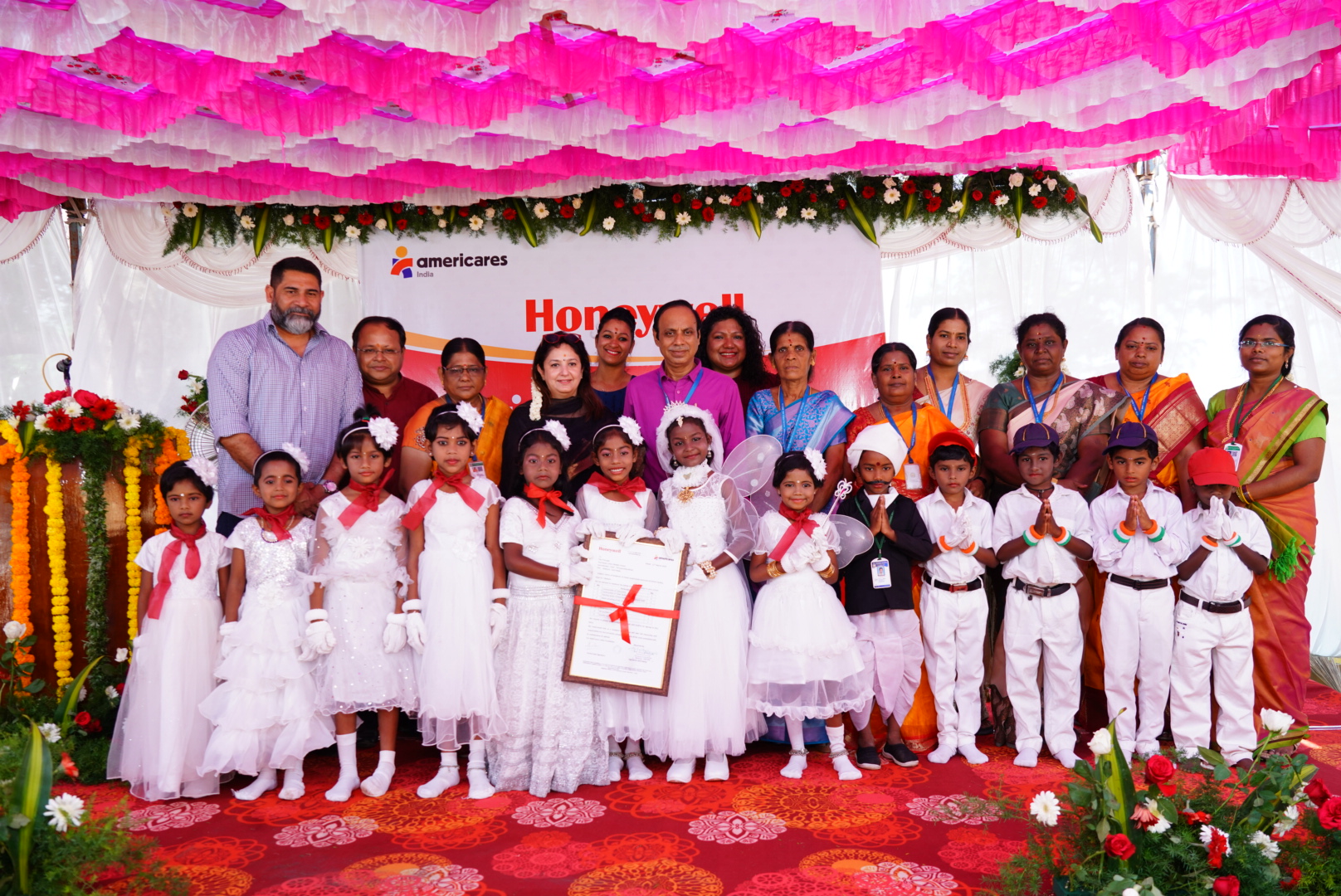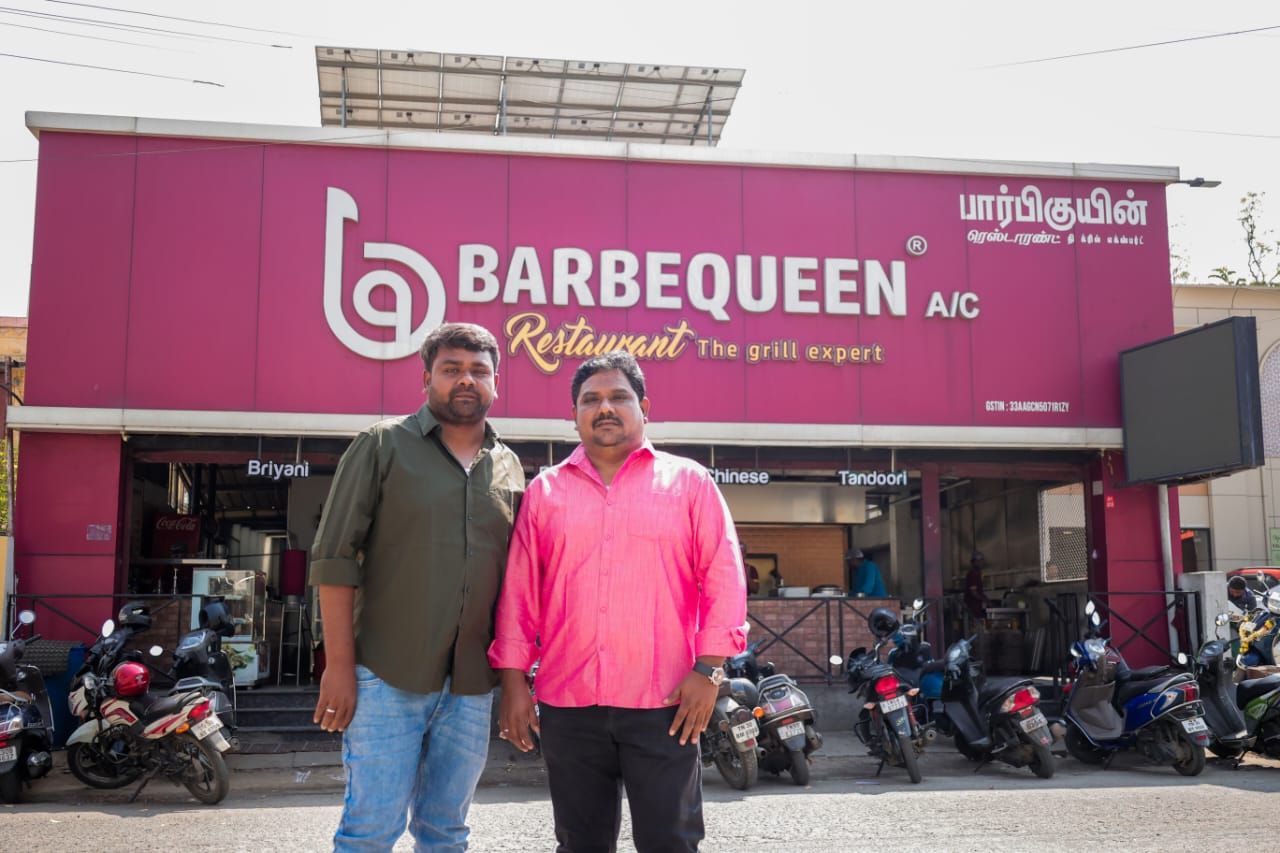Trending Now
- 830 voters names go missing in Kavundampalayam constituency
- If BJP comes to power we shall consider bringing back electoral bonds: Nirmala Sitaraman
- Monitoring at check posts between Kerala and TN intensified as bird flu gets virulent in Kerala
Tamilnadu News
Karpaga virusham of Tamilnadu on the road to extinction
![]() February 21, 2019
February 21, 2019
The majestic Palmyra, the tree of Tamil Nadu, now on the verge of extinction is a victim of rampant urbanisation and the resultant man-nature conflict. The cost of its destruction is very dear, environmentalists are warning.
Real estate sharks devoured fertile agricultural lands for housing and commercial buildings, and this at a pace and scale that has bought its own misery to the people of the state. Palm trees can absorb water and retain are a blessing in times of drought. But many areas of the state have witnessed wanton destruction of Palm trees and the people are now paying a price.
In Kongu belt alone 90 per cent of Palm plantations are now gone, lamented Marimuthu Yoganathan, recipient of Eco-warrior award from the Vice President of India.
In an exclusive conversation with the Covai Post, the environmentalist said Palm trees thrive in dry weather and their roots store water for years and these can be a blessing from mother nature during the droughts.
Yoganathan said that “palm trees are widely seen growing near water catchment areas, barren lands and along roads. They thrive in dry weather and their roots store water for years. Tamil Nadu has the largest number of Palmyra (85.9 million) that form 60 per cent of all Palmyra trees in the country. It is one of the oldest and naturally occurring vegetations of Tamil Nadu. There is no investment needed for their plantation and growth, and maintenance. There is no requirement to use fertilisers, manures and pesticides for its nurturing.”
The environmental wing under public works department of Tamil Nadu Government has listed numerous benefits of Palmyra. According to this report, palmyra was honoured as the geographical representation of the state of Tamil Nadu, and it is one of the symbols of the state.
Palm trees were fondly called the ‘Karpagatharu’ (a wish tree) in Sangam Tamil poetry, due to the multiple utilitarian benefits derived from one single palm tree. Neera, is the sweet juice found in its fruit. Toddy is obtained by fermenting the sugary sap of the shoots. Nungu is found inside with a soft inner kernel holding sweet water which has cooling properties. Panangaai, the palm fruit itself holding the seeds, palmyra root, thavun, jaggery (karuppati) all of which have numerous health benefits.
The leaves, husks, fibre, karukku, beam and pannadai can be used to make boxes, baskets, mats, brooms, ropes, fans, winnows, and 20 other items which can be used by people in villages. The handicraft industries in the coastal regions thrive by the produce of palmyra. A large variety palm products can also be used for fencing, making thatched dwelling (panai olai keethu), roofs for houses and providing beams.
In the recent devastation caused by Gaja cyclone last year, large number of coconut trees fell due to heavy winds. But the palm trees along the regions of Nagapattinam district were found standing tall. The ‘Thane’ cyclone that hit Tamil Nadu on 30th of December 2011 inflicted huge damages. A lot of the devastation on the coastal areas of Cuddalore could have been prevented if Palmyra plantations were not destroyed, Yoganathan said.
In the 2004 tsunami, when trees and buildings were flattened to the ground, the Palmyra stood tall and strong. The Tamil Nadu government erected a large number of the felled Palmyra as pillars on the coast so as to form a natural bulwark, instead of planting and growing Palmyra.
These instances prove that the Palmyra trees block the path of hurricanes and cyclones and decelerate their speed, besides preventing sand erosion.
In light of these facts, Pastor Godson Samuel, founder of Panai Nadu movement, stressed the importance of promoting Palmyra trees. He himself is trying to revive Palmyra plantations throuh his Panai Nadu movement. He has already planted some two lakh palm tree saplings in the last two years.
He has also managed to rope in many youngsters from his native, Kanyakumari to conserve the State tree.
“I made my first scrap book with palm leaves” Samuel said about his love for the plant. Palm food palm based utility products’ usage has declined from our daily lives, he lamented and added this was one reason why the Palm trees were neglected over the years.
He said to bring back the ecological balance, each one must plant 10 palm trees.
Quoting from that we lost, conscious sowing of seeds is must, perpetually 10 palm trees must be planted by one individual to compensate for the lost trees in the past 10 years, he added.
It is a tragedy that the government has not kept any concrete records for the existing number of palm trees. The last found record 5 lakh trees, as in 1965 in a book called ‘Panai valam’ published by government of Tamil Nadu. Today, the existing number of trees is unknown.
The government should implement the revival measures as a part of its legislation. The efforts of many organisations like us, will gain momentum if it’s supported by the government itself, he said.
On how the palm products can be made more popular, Samuel said if innovations were carried out to give customer friendly products, they would be welcomed. But “we as people should also be willing to our ancestors’ nature-friendly life style so that we can better appreciate and use Palm products.
























